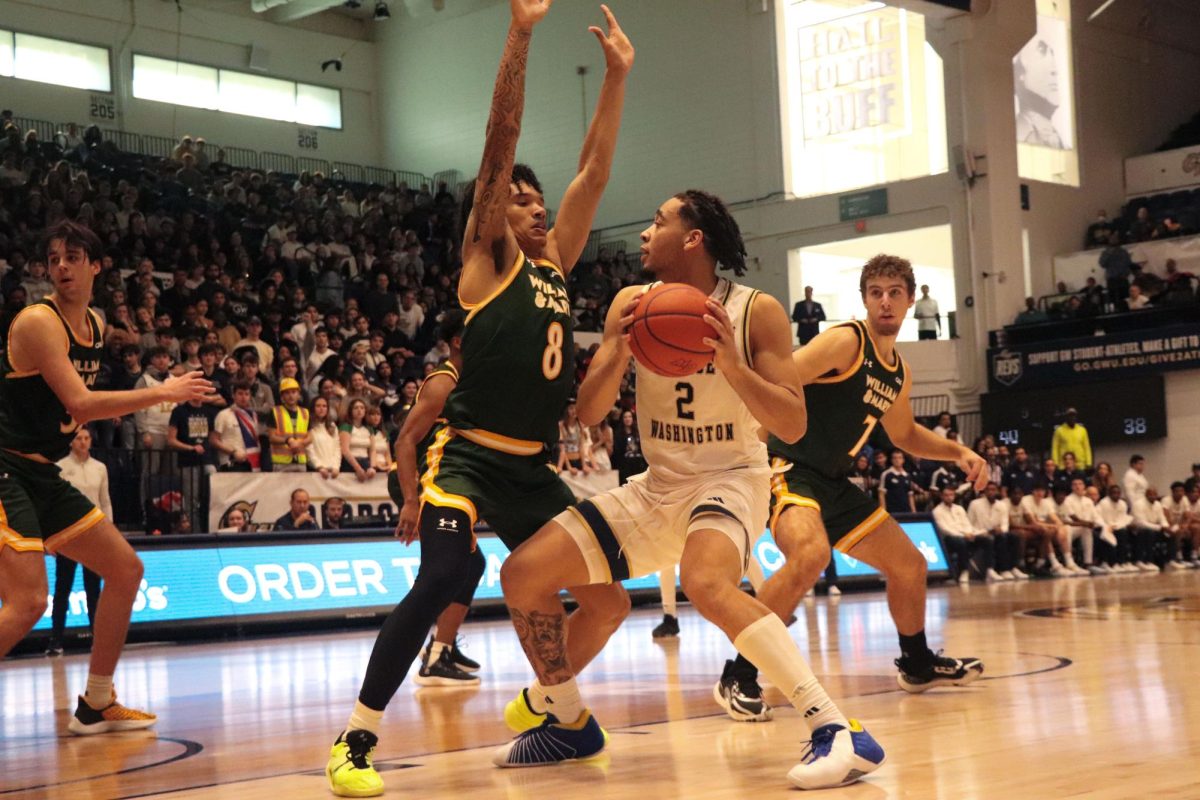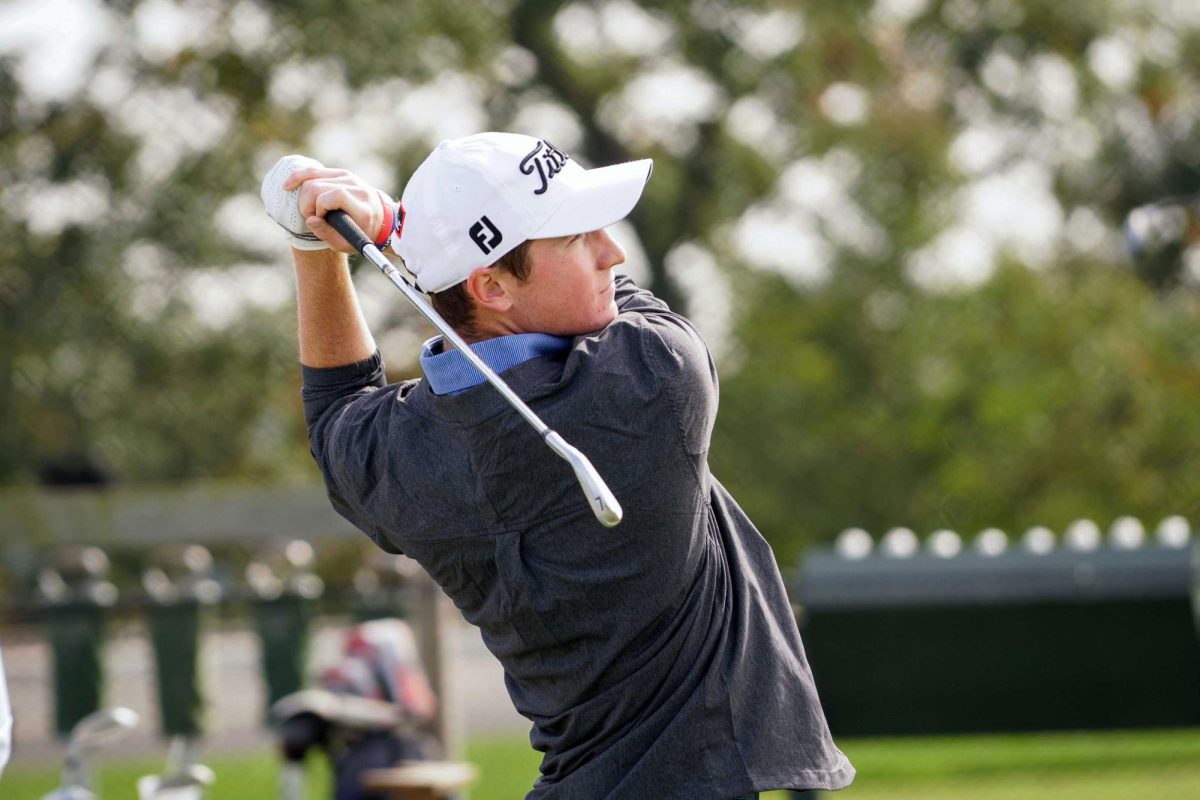At age four, Diana Kussainova went to a tennis court for the first time with her dad, Ernar. Both newcomers to America, along with Kussainova’s mother Yelena, they took advantage of Florida’s warm climate, a stark contrast to Almaty, the frigid city in Kazakhstan where Kussainova was born and from where her family emigrated.
“He said I just took the racket and started playing with it,” Kussainova recalled. She told her dad she wanted to continue playing and never looked back.
In January of 2004, at age six, Kussainova competed in her first officially sanctioned United States Tennis Association tournament, the M.G. Tennis Winter Rookie Challenge in Orlando, Fla. In her first-ever organized match, Kussainova won a single game across two full sets versus Emily Woska, then age eight. She would go on to beat Erin Benefiel, then age nine, in a consolation match two sets to one.
Her win against Benefiel, who is now the top singles player for Mount Saint Mary’s University women’s tennis team, was the first of 375 wins over the next 11 and half years of youth play. Starting with the win against Benefiel, Kussainova would average one match win every 11 days until she came to GW in August. She would travel all over Florida, dominating the Orlando area in particular, as well as New York City, Dallas and Paris.
“I would want to be looked back at as someone who was always very focused in academics, but just as equally in her sport because tennis is my life,” Kussainova said.
Today, Kussainova has left junior competition behind and has begun a so-far impressive collegiate career. The freshman enters the spring season, the period where the women’s team competes as a whole, with a perfect 8‒0 record in fall singles play. The Intercollegiate Tennis Association, college tennis’ governing body, rewarded her with both a national and regional ranking.
Tied with 10 others at No. 114, Kussainova is the first women’s tennis player to be nationally ranked for GW since Lisa Shafran, the winningest player in team history, and Karina Ramirez in 1993. Shafran and Ramirez were ranked at No. 75 and No. 85 respectively. Kussainova was also ranked No. 16 in the Atlantic region along with sophomore Teodora Radosavljevic, who was ranked at No. 18.
“You can’t argue with flawless,” Greg Munoz, head coach of both the GW men’s and women’s tennis teams, said in an email. “8‒0 is a pretty solid start for anyone.”
Pretty solid indeed. Only three of Kussainova’s eight singles matches went past the second set (each match is best 2-out-of-3). She never started off a day with a loss and was outscored by more than two in only one of the three games she did lose. Across her undefeated fall season, she outscored her opponents 113 to 52.
Torrie Browning, the associate head coach for the women’s team, was impressed with Kussainova’s fast start. “Usually as a freshman, it sometimes takes a while to get acclimated to everything,” Browning said in an email. “However, she is such a great competitor and has such great ability that I think where she is right now is only the beginning. As long as she stays healthy, she can go a long way in college tennis.”
Health has been an issue for Kussainova throughout her career. Recently, Kussainova has been dealing with lower back soreness that, as a precautionary measure, would have kept her from competing in the first spring match against Navy on Jan. 24. That match ultimately was rescheduled as the result of Winter Storm Jonas, but Kussainova was still out for the team’s spring opener Friday, a sweep of Howard. Toward the end of her junior career, Kussainova “had some issues” with her shoulder and knee, missing significant time to rehab, she said.
She highlights injuries as one of the reasons she ended up attending “the perfect school” in GW instead of pursuing a professional career right away. The injuries kept her off the court and led her junior ranking to fall. Because of this, many coaches overlooked her. GW’s did not.
“I was really fortunate because [the GW coaches] really gave me a chance,” she said. “I wasn’t too healthy when I was doing my recruiting process.”
Browning was the one to go down and see Kussainova play in Florida. Watching Kussainova compete for the first time impressed Browning, who used the term “business-like” to describe her approach on the court. Munoz independently described the 18-year-old as “professional” and “all-business.”
“I knew Diana was a very good player from juniors. She had very solid results,” Browning said. “Unfortunately, she just got sidelined with some nagging injuries. So, when she had to take some time off she fell under the radar. Her junior ranking certainly did not match her ability. I just knew she was much better.”
Right now, Kussainova is looking forward to her first season of team play and the Atlantic 10 spring tournament, which takes place in Ohio from April 21 to April 24. At the same time, she’s also thinking about the future.
“[Playing professional tennis] was always the plan, but because of my health issues in the past, I figured I maybe could take this time for myself, get an education just in case. You never know. An injury could pop up and that would be the end of your career,” Kussainova said.
For now, things look optimistic both for Kussainova and the rest of the team.
She said that it feels like a championship year for the team, which she said is looking to “get those rings.” Still, health came up again.
“It’s the beginning of the season. It’s cold, we have some aches and pains,” Kussainova said, laughing.
Munoz brought up health as well. “The bottom line is, we need to be healthy,” he said. “Then we need to win as a team. If we end up with some ranked players, that is great.”
Kussainova is focused. She still hasn’t visited the Washington Monument since coming to campus, her time soaked up by class and tennis. She seems a long-term thinker by nature, though, considering her professional prospects as well as potential backups. She knows GW could help her with either. And for now, she has a coach to keep her in the moment.
“One day at a time,” Munoz said.








